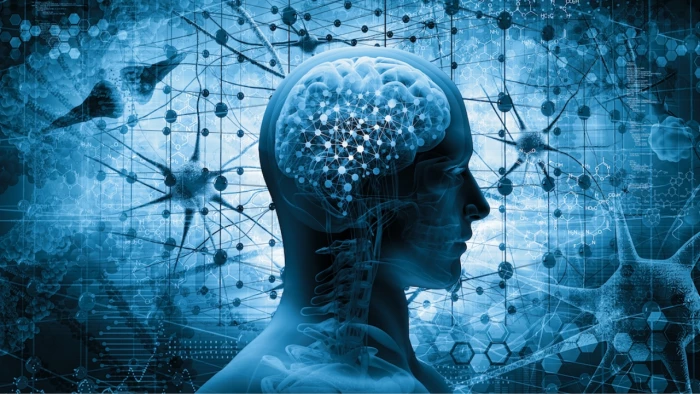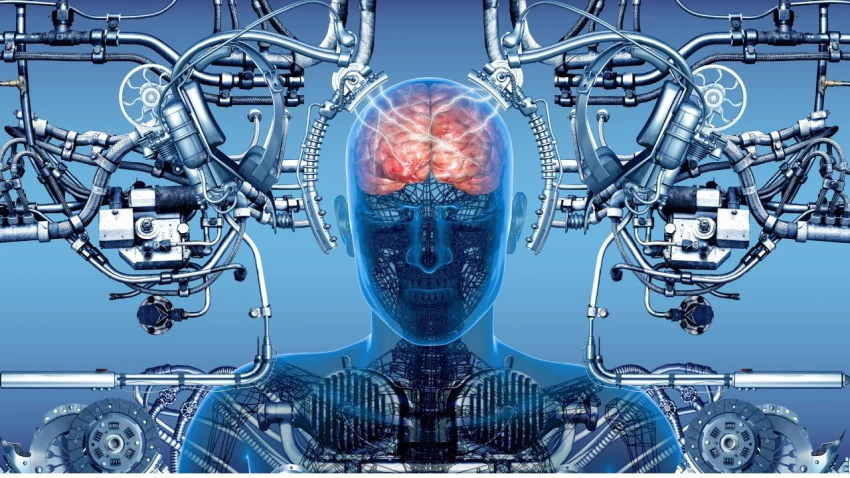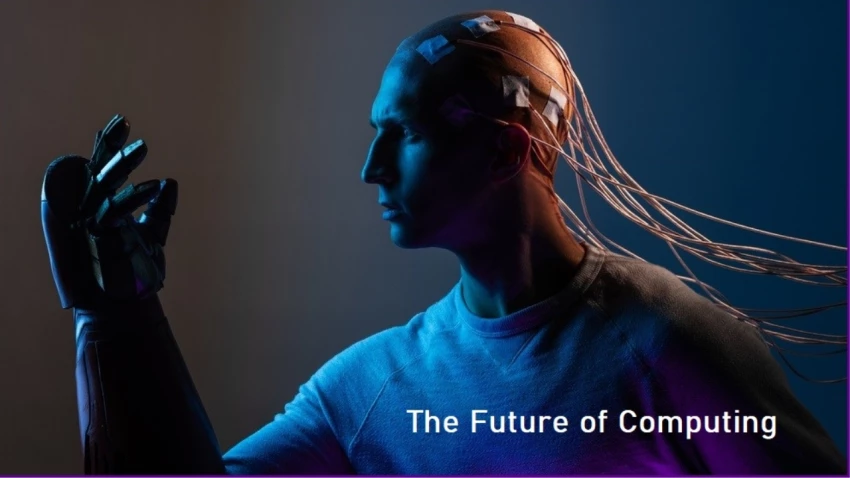

Technology has always expanded the boundaries of human potential. Today, one of the most exciting frontiers is the merging of our minds with machines through brain-computer interfaces (BCIs). As artificial intelligence (AI) evolves, BCIs are no longer just tools for restoring lost abilities; they’re becoming catalysts for enhancing creativity, communication, and human expression. But how far can this fusion between brains and algorithms go, and what risks lie ahead?
A brain-computer interface is a system that enables direct communication between the brain and an external device. Instead of typing, speaking, or using gestures, BCIs translate brain activity into commands. This can happen through invasive implants, which read signals directly from neurons, or non-invasive methods like electroencephalography (EEG).
BCIs have already shown promise in medicine. For instance, paralyzed patients can control robotic arms using thought alone. Neuralink, founded by Elon Musk, has even demonstrated monkeys playing video games with their minds. These examples highlight the first steps toward a future where thought-powered interfaces move from labs to everyday life.

AI supercharges BCIs by decoding the brain’s complex signals with greater accuracy. Our brains produce billions of electrical impulses every second, and making sense of them requires sophisticated pattern recognition. This is where deep learning excels.
Recent studies from the University of California, San Francisco, showed that AI models could reconstruct spoken words from brain activity with 97% accuracy [source]. Similar experiments have used AI to turn brain scans into images, even capturing rough visualizations of what a person is looking at. Imagine sketching an idea simply by thinking about it, or composing music directly from your imagination.
One of the most exciting possibilities is creative collaboration between humans and machines. Artists could paint without brushes, musicians could compose without instruments, and writers could draft entire stories by thought alone.
Think about the impact on accessibility, too. People with disabilities could gain new forms of creative freedom. A person unable to speak could still share poems or sing through a BCI-powered system. This reframes BCIs not just as medical devices but as creativity amplifiers for all.
But will AI just mirror our ideas, or will it co-create with us? Some researchers envision a future where BCIs act like creative partners. For example, you imagine a melody, and the AI expands it into a full orchestral score. You picture a rough design, and the AI refines it into a 3D model. Creativity becomes a collaboration rather than a solitary act.

If thoughts can be read and interpreted, who controls that data? Brain signals are far more personal than fingerprints or browsing history. The idea of “neuro-privacy” is already sparking debates. In Chile, lawmakers proposed a “neurorights” bill to protect mental privacy and cognitive liberty.
Another question: what happens when companies own the tools that read and enhance our thoughts? If BCIs become widespread, they could give corporations unprecedented access to human cognition. The ethical challenges may rival or surpass those raised by social media.
Widespread use of BCIs is still years away. Invasive implants remain risky, while non-invasive devices lack precision. However, advances in nanotechnology, wireless transmission, and AI signal decoding are rapidly closing the gap.
By 2030, analysts expect the BCI market to surpass $3.3 billion. Big tech and startups alike are betting on a future where the mind is the ultimate interface.
The fusion of AI and brain-computer interfaces could redefine human creativity in ways we can barely imagine. From thought-powered art to new forms of communication, BCIs may transform how we express ourselves. Yet, alongside the promise comes the responsibility to protect privacy, identity, and free thought.
So, here’s the question we should all ask: when machines learn to read and enhance our minds, will they make us more human—or something entirely new?
Be the first to post comment!